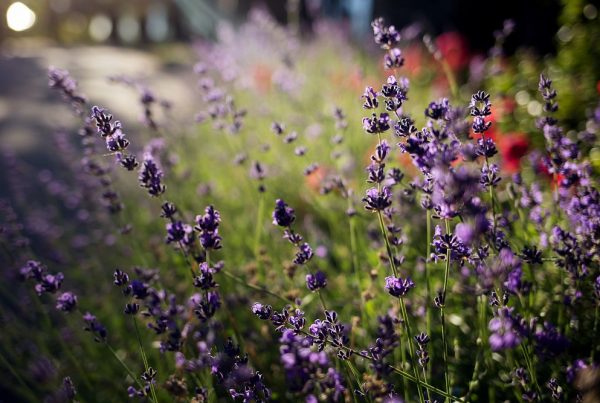Exploring the Blue Zone Diets: Secrets to Longevity and Well-being
In a world where fad diets come and go, there’s one approach to eating that has stood the test of time and garnered widespread attention for its profound health benefits: the Blue Zone diets. Inspired by the lifestyles of people living in Blue Zones—regions of the world where individuals commonly live to be over 100 years old with remarkable vitality—these diets offer valuable insights into the keys to longevity and well-being.
Understanding the Blue Zones
Blue Zones are regions around the world where people enjoy exceptionally long, healthy lives. The concept was popularized by National Geographic explorer Dan Buettner, who identified five regions as Blue Zones: Okinawa, Japan; Sardinia, Italy; Nicoya, Costa Rica; Ikaria, Greece; and Loma Linda, California.
While each Blue Zone has its unique cultural and dietary traditions, they share common characteristics that contribute to longevity, including a strong sense of community, regular physical activity, and a plant-based diet rich in whole foods.
The Core Principles of Blue Zone Diets
While there isn’t a single “Blue Zone diet” per se, the dietary patterns observed in Blue Zones share several key principles:
1. Plant-Based Foods: Blue Zone diets are primarily plant-based, with a focus on vegetables, fruits, whole grains, legumes, and nuts. These foods are rich in essential nutrients, fiber, and antioxidants, which support overall health and longevity.
2. Moderate Meat Consumption: While meat is not entirely excluded from Blue Zone diets, it is typically consumed in small amounts and serves more as a condiment than a centerpiece of meals. Lean sources of protein, such as fish and poultry, are preferred over red and processed meats.
3. Healthy Fats: Blue Zone diets emphasize the consumption of healthy fats, such as those found in olive oil, nuts, seeds, and fatty fish like salmon. These fats are essential for heart health, brain function, and inflammation reduction.
4. Minimally Processed Foods: Blue Zone diets prioritize whole, minimally processed foods over highly processed and refined products. This includes avoiding sugary snacks, refined grains, and artificially sweetened beverages in favor of nutrient-dense alternatives.
5. Social Eating: Meals in Blue Zones are often shared with family and friends, fostering a sense of community and connection. Eating together not only enhances enjoyment but also encourages mindful eating practices and promotes positive relationships.
The Health Benefits of Blue Zone Diets
The adherence to Blue Zone dietary principles has been associated with numerous health benefits, including:
– Longevity: People living in Blue Zones have some of the highest life expectancies in the world, attributed in part to their dietary habits.
– Heart Health: Blue Zone diets are rich in heart-healthy nutrients like fiber, antioxidants, and omega-3 fatty acids, which help reduce the risk of heart disease and stroke.
– Weight Management: The emphasis on plant-based foods and moderation in Blue Zone diets can support healthy weight maintenance and lower rates of obesity.
– Reduced Chronic Disease Risk: Research suggests that following Blue Zone dietary principles may lower the risk of chronic conditions such as diabetes, cancer, and Alzheimer’s disease.

Incorporating Blue Zone Principles into Your Diet
While you may not live in a Blue Zone, you can still reap the benefits of their dietary principles by incorporating the following strategies into your eating habits:
1. Fill Your Plate with Plants: Aim to make fruits, vegetables, whole grains, and legumes the foundation of your meals, with meat and other animal products playing a supporting role.
2. Choose Healthy Fats: Opt for sources of healthy fats like olive oil, avocados, nuts, and seeds in place of saturated and trans fats.
3. Limit Processed Foods: Minimize your intake of processed and refined foods, including sugary snacks, fast food, and packaged convenience items.
4. Practice Mindful Eating: Slow down and savor your meals, paying attention to hunger and fullness cues, and enjoying the company of others whenever possible.
5. Stay Active: Regular physical activity is a crucial component of Blue Zone lifestyles, so prioritize movement and exercise in your daily routine.
Conclusion
The Blue Zone diets offer valuable insights into the dietary patterns of some of the world’s healthiest and longest-lived populations. By embracing the principles of plant-based eating, moderation, and community connection, you can enhance your overall health, well-being, and longevity. So, why not take a page from the Blue Zone playbook and start nourishing your body and soul with the power of wholesome, plant-centric foods? Your future self will thank you for it.




